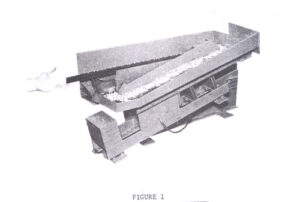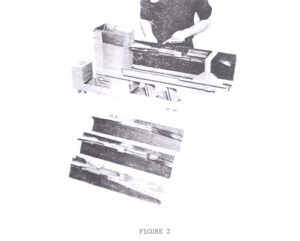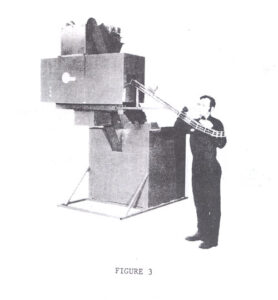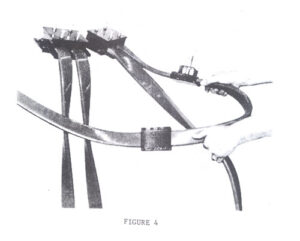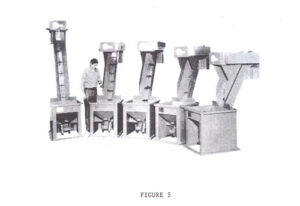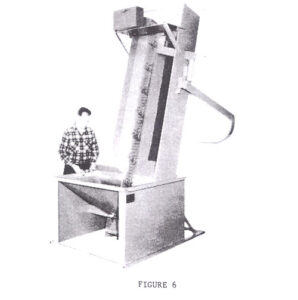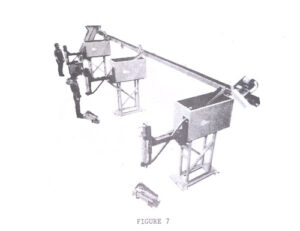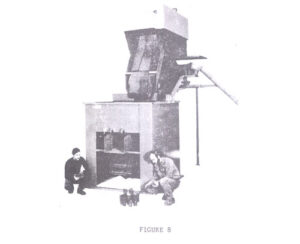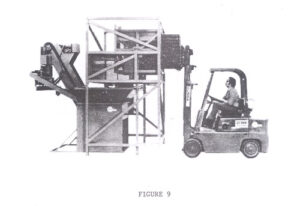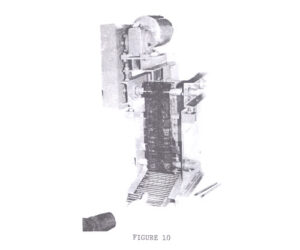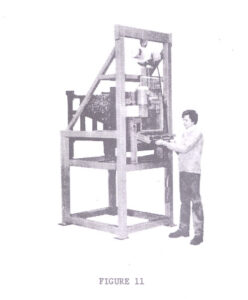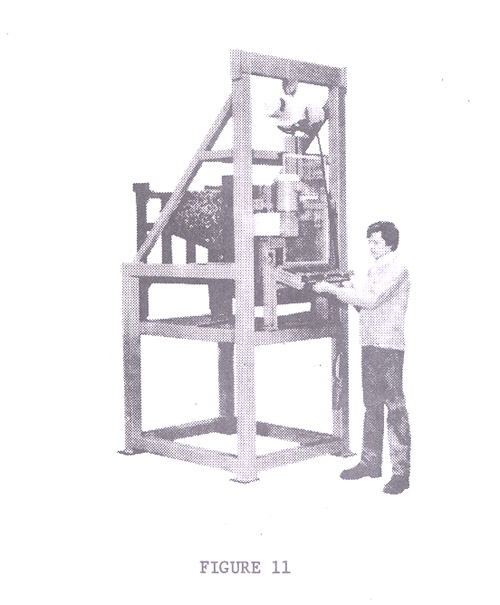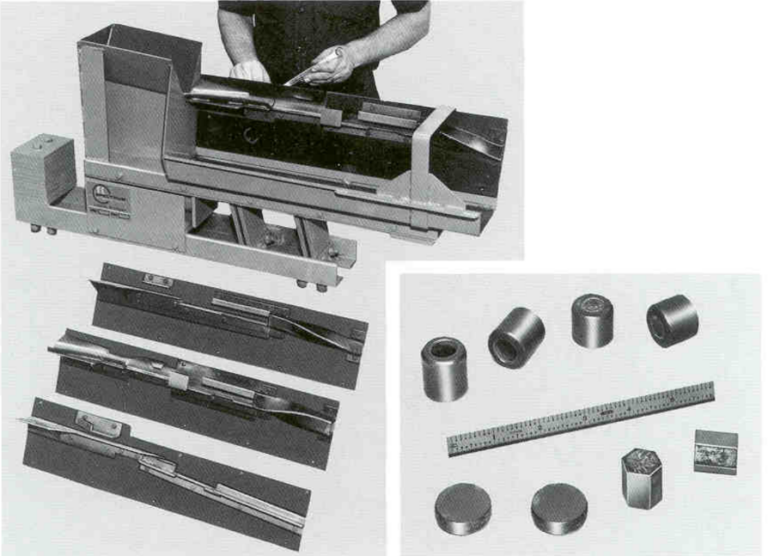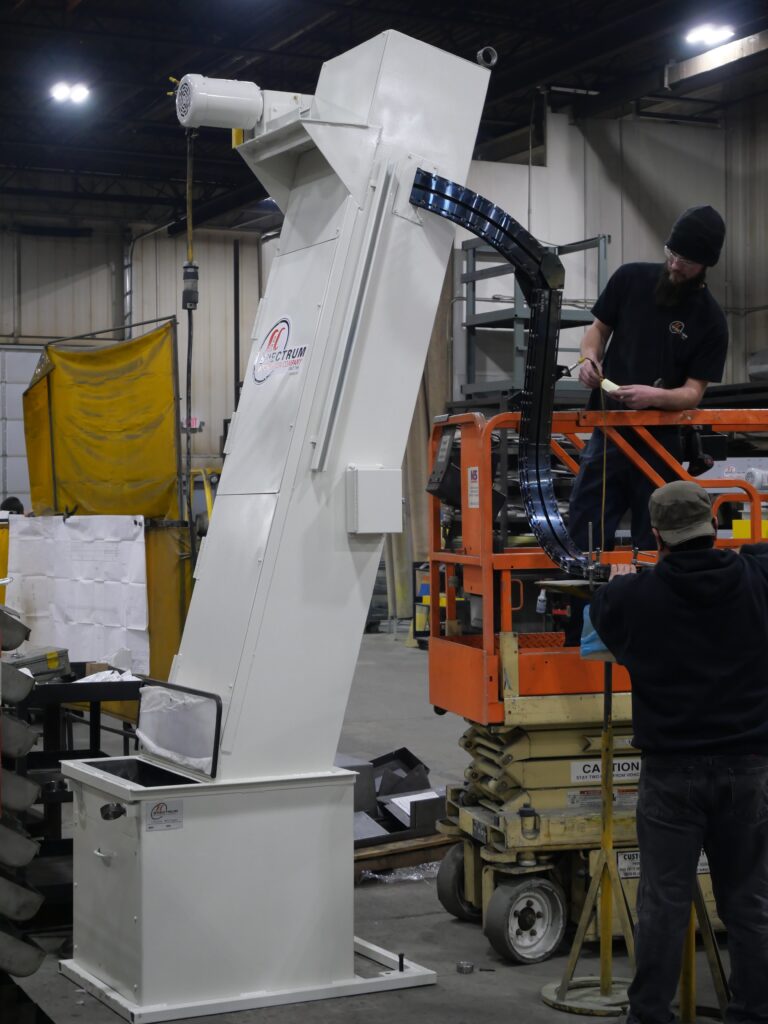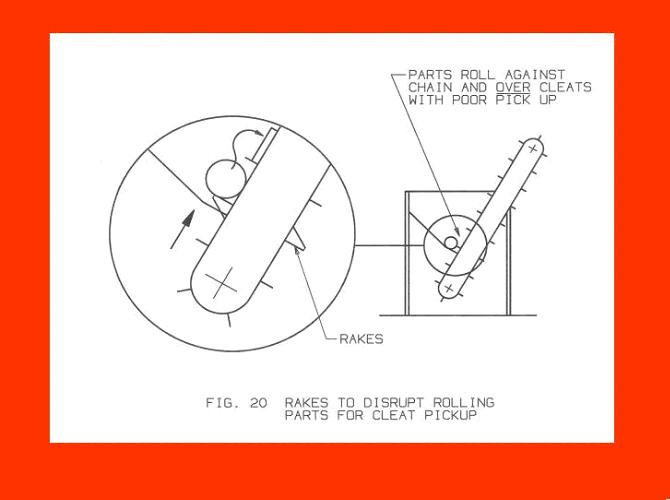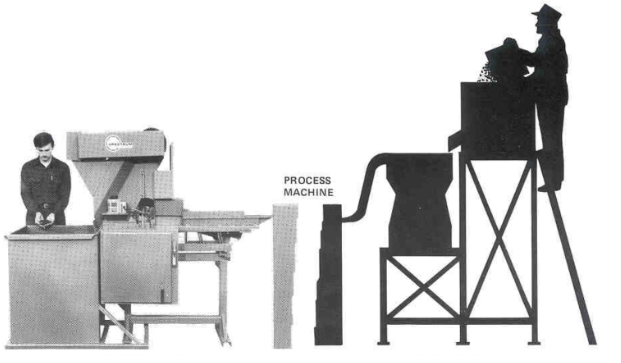Over the last fifty years, numerous parts feeding techniques have enhanced automated production. Most current feeders are improved versions of early designs. Despite this, comprehensive sources on parts feeder technology are limited, making it crucial for users to stay informed about advancements. Updates should be tailored to specific project needs and reviewed by experts. Experienced parts feeder manufacturers are the best resource for effective solutions.
This article aims to inform parts feeder users about industry features and conditions to help improve decision-making when it comes to making a new purchase, or updating existing equipment.
Orientation Methods
Established for years, rotary, orbital, and vibratory bowl feeders have significantly increased production rates for many manufacturers. Newer developments, such as straight line vibratory and belt conveyor orientors offer similarly high production rates and precision with simplified tooling and long-term durability.
BRUSHLON® Technology
BRUSHLON® Technology uses a carpet-like surface with directional bristles to move parts through manufacturing equipment efficiently. This surface has a variety of advantages: it’s quiet, gentle, offers a rapid feed rate and light-drive-duty. Users should consider that this technology offers limited part shapes, so it may not be applicable in some processes. It can often have dirt build-up, which increases cleaning costs, and the bristles may wear at a variable speed, depending on the application.
Sound Control
Due to OSHA regulations, noise control became essential in the late 1960s due to OSHA, with an industry maximum of 90 dBa. When considering adding parts feeding equipment to your operations, effective designs and noise reduction strategies are needed to ensure worker safety, as well as overall efficiency.
Flexible Feed Tracks
Flexible Feed Tracks are spring wire tubes and high-density plastic tubes that are used for transferring parts in a variety of manufacturing processes. They offer good wear life, flexibility, and durability against oils and chemicals, but not heat.
Floorbin – Elevator
In many applications, these floorbins are more cost-effective and convenient than larger bowl feeders. They are often used for bulk parts storage and transport to overhead manipulators. Proper design ensures reliable part flow and minimizes jams.
Gentle Handling and Orientation
While early designs often damaged parts, modern parts feeder systems focus on gentle handling and efficient orientation, reducing the need for complex storage and reorientation systems.
Bulk Distribution
Distributing parts from a single machine to multiple operations can be cost-efficient with bulk distribution systems, especially when dealing with design changes or families of parts.
Heavy Parts Feeders
Capable of handling parts weighing up to 80 pounds, these feeders are designed for heavy-duty operations and noise control, ensuring efficient handling and orientation.
Tub Dumpers
Used for safely loading parts into floorbin-elevators, rotary (or tub) dumpers offer safety and space benefits, but are more expensive than lift units. They are useful for managing long, fragile parts.
Rod Feeders
Ideal for feeding tubes, shafts, and similar parts, these devices can handle various sizes and shapes without damage or delays. They are available in different styles for specific needs.
Building a parts feeder requires extensive experience and knowledge of various techniques. It’s important to stay updated and choose a reliable parts feeder manufacturer to ensure efficient and profitable feeder applications for your operations.
